Diabetic Retinopathy
Sydney Eye Surgeons ophthalmologists have extensive training and expertise in the diagnosis and management of diabetic retinopathy.
Diabetic retinopathy is a common complication of diabetes. It occurs when high blood sugar levels damage the cells at the back of the eye (known as the retina). If it isn't treated, it can cause blindness.
It's important for people with diabetes to control their blood sugar levels. Everyone with diabetes who is 12 years old or over should have their eyes examined once a year for signs of damage (see below).
All people with diabetes are at risk of getting diabetic retinopathy, but good control of blood sugar levels, cholesterol and blood pressure minimises this risk.
How can diabetes damage the retina?

Diabetic retinopathy
Hover over diagram to see real view

Diabetic retinopathy
Hover over diagram to see real view
The retina is the light-sensitive layer of cells at the back of the eye. It converts light into electrical signals.
The signals are sent to the brain through the optic nerve and the brain interprets them to produce the images that you see.
To work effectively, the retina needs a constant supply of blood, which it receives through a network of tiny blood vessels.
Over time, a continuously high blood sugar level can cause the blood vessels to narrow, bleed or leak. This damages the retina and stops it from working.
When the blood vessels in the central area of the retina (the macula) are affected, it's known as diabetic maculopathy.
What are the symptoms of diabetic retinopathy?
During the initial stages, retinopathy does not cause any noticeable symptoms. You may not realise that your retina is damaged until the later stages, when your vision becomes affected. Vision loss will probably be permanent at this late stage, which is why diabetic eye screening is so important.
What is diabetic retinopathy screening?
As severe retinopathy can cause sudden blindness, it needs to be identified and treated as soon as possible.
This is done by identifying retinopathy at an early stage and ensuring that treatment is given to reduce or prevent sight damage. Everyone with diabetes who is 12 years old or over should be screened once a year.
The screening test involves examining the back of the eyes and taking photographs of the retina. Screening can detect diabetic retinopathy before you notice any changes to your vision.
How can diabetic retinopathy be prevented?
To reduce your risk of developing retinopathy, it's important to control your blood sugar level, blood pressure and cholesterol level. Good control will prevent diabetic complications in almost everyone.
Other steps that you can take to help prevent retinopathy include:
- attending your annual screening appointment
- informing your GP/Optometrist if you notice any changes to your vision (do not wait until your next screening appointment)
- taking your medication as prescribed
- losing weight (if you're overweight) and eating
healthy, balanced diet - exercising regularly
- giving up smoking
- controlling your blood pressure and cholesterol levels
How is diabetic retinopathy treated?
Early-stage retinopathy may not need treatment, but more advanced retinopathy may require laser treatment or injections of medicine into the eye.
Immediate treatment may not be necessary if you have:
- stage one (background) retinopathy
- stage two (pre-proliferative) retinopathy
- maculopathy with no symptoms
If maculopathy is detected, you may need more frequent specialised testing (called optical coherence tomography). Additional tests may include a fluorescein angiography, which uses a camera and dye to examine blood flow in the back of the eye.
Laser treatment is offered for proliferative (stage three or four) diabetic retinopathy and some cases of maculopathy.
Intravitreal injections may be recommended if you have maculopathy.
Vitreoretinal surgery may be needed if laser treatment is not possible because retinopathy is too advanced.
If you would like an assessment regarding diabetic eye disease, please call our rooms or make an online enquiry.
MIRANDA
Suite 1
20-24 Gibbs Street
Miranda NSW 2228
02 9525 5190
Fax: 02 9525 0202
Directions and parking
BONDI JUNCTION
Park Place
Suite 606b, Level 6
3 Waverley Street
Bondi Junction NSW 2022
02 9387 4427
Fax: 02 9388 0139
Directions and parking
HURSTVILLE
Suite 12, Level 2
33 MacMahon Street
Hurstville NSW 2220
02 9579 4004
Fax: 02 9570 1377
Directions and parking
HOURS
Monday to Friday
8:30am until 5:00pm
FOR PATIENTS
FOR REFERRERS
© 2017-2024 SYDNEY EYE SURGEONS














